Got a .rpm file download from the web? Here’s how to install it in Fedora Linux, OpenSUSE, or CentOS.
The RPM file format was originally created for use in Ret Hat Linux. It is now used in many Linux distributions such as Fedora, CentOS, OpenSUSE, OpenMandriva and Oracle Linux.
Some apps, e.g., Google Chrome, offers official RPM package for downloading in its website. If you got one from the web, here’s how to install it in your Linux.
Option 1: Download click to install via default software installing tool:
In recent Linux desktop systems, you can simply double-click on the RPM file to open it with default software installer, for instance Gnome Software in Fedora, which offers an “install” button.
There are also some third-party tool, e.g., dnfdragora, with ability to install local RPM file. Though it seems not working well in Gnome 40 so far.
Option 2: Linux command to install RPM File:
For those familiar with Linux command or running on Linux server without Desktop UI, there are also few commands to do the job.
a.) Install local RPM file via dnf command:
DNF is the next-generation version of the Yellowdog Updater, Modified (yum), a package manager for .rpm-based distributions.
Firstly open terminal to login to command console, then use command:
sudo dnf install /PATH/TO/FILE.rpm
For instance, I’ve downloaded the Google Chrome RPM file. As usual, the file is saved in the Downloads folder. So the command can be:
sudo dnf install ~/Downloads/google-chrome-stable*.rpm
TIP: You don't need to type the full file name. Instead, you can either use wildcard character "*", or type first few letters and hit TAB to use auto-completion function.
Then type y and hit Enter to confirm when it asks.

You may also manually navigate to the folder (Downloads folder in the case) that contains the RPM file, and then run dnf install command follow with RPM file directly:
- Navigate to downloads folder via cd command:
cd ~/Downloads
- Install RPM via dnf command:
sudo dnf install google-chrome-stable*.rpm
Instead of running cd ~/Downloads command, you can also open the folder in file manager, then right-click on blank area and click "Open in Terminal" in context menu.
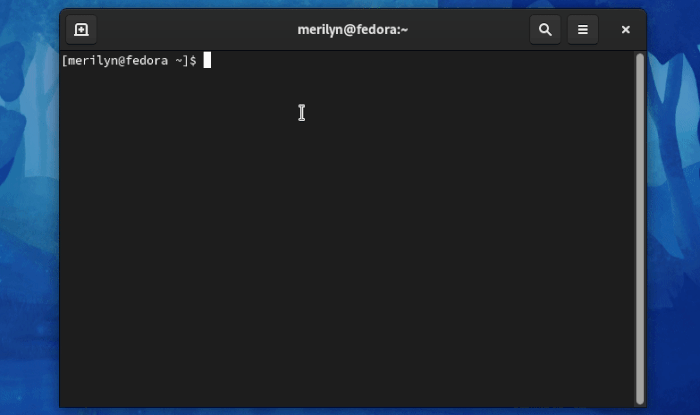
b.) Install local RPM file via yum command:
You can still use yum command to install a RPM file. However it’s replaced by Dandified YUM (the dnf command in previous step).
So far, replacing all the dnf in the previous commands with yum still works!









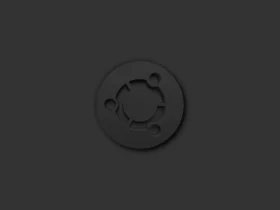



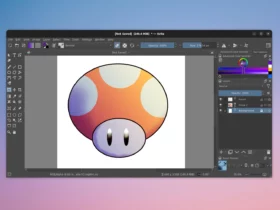
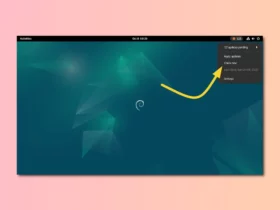
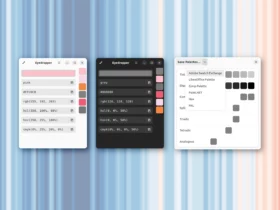






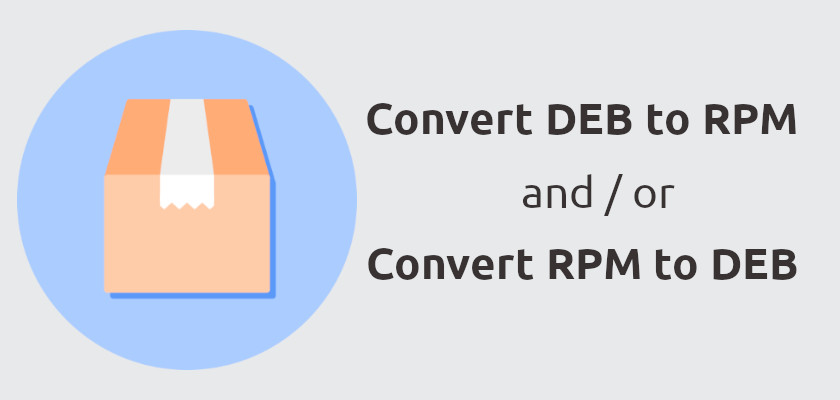

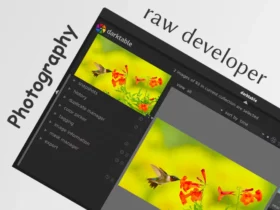

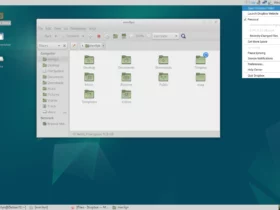


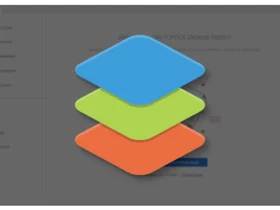
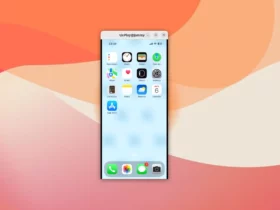
Recent Comments